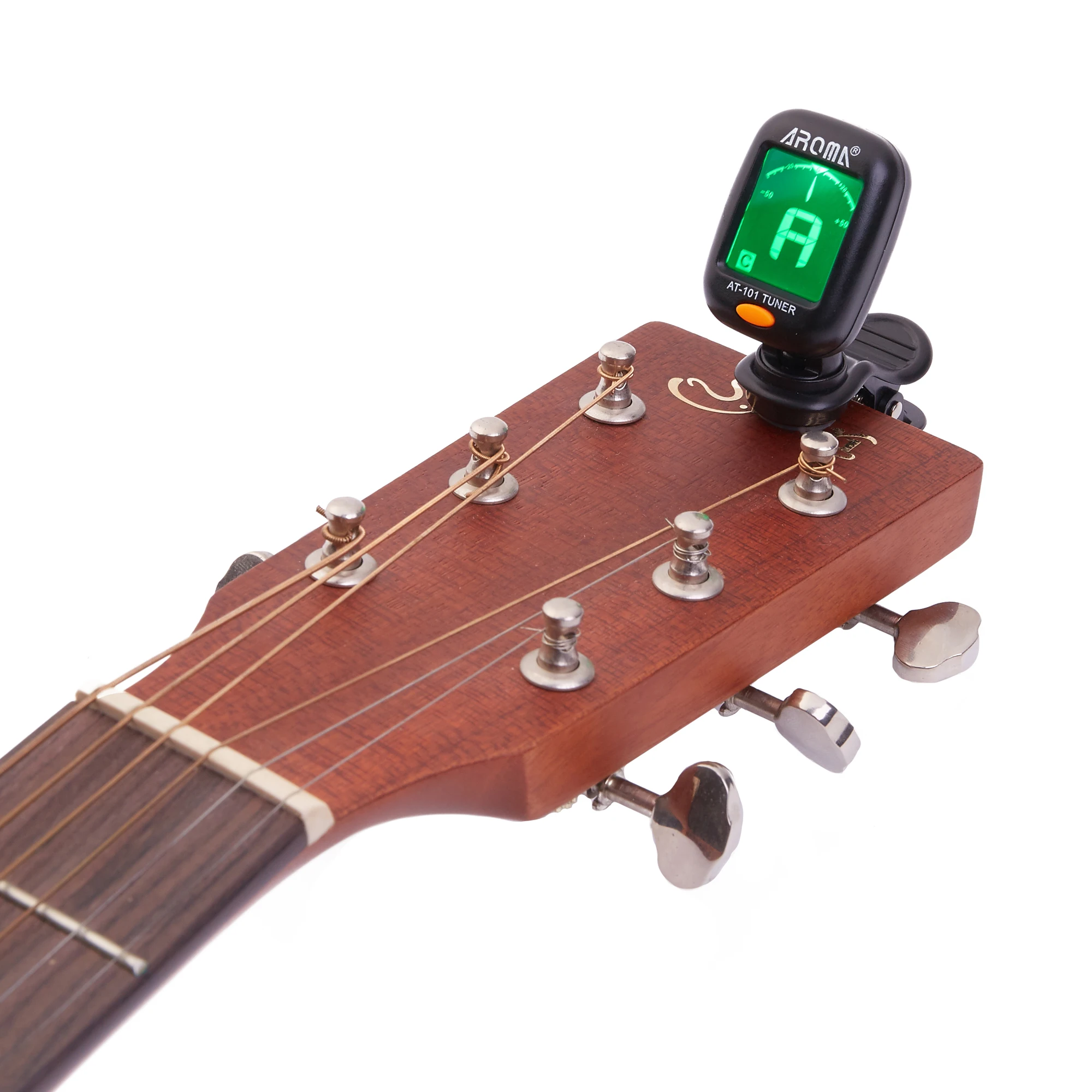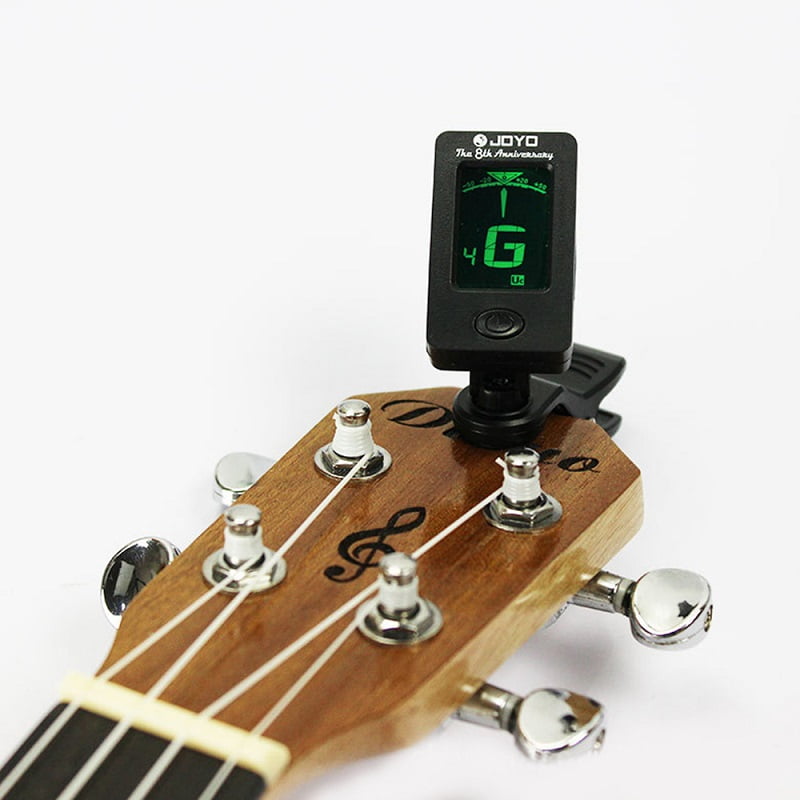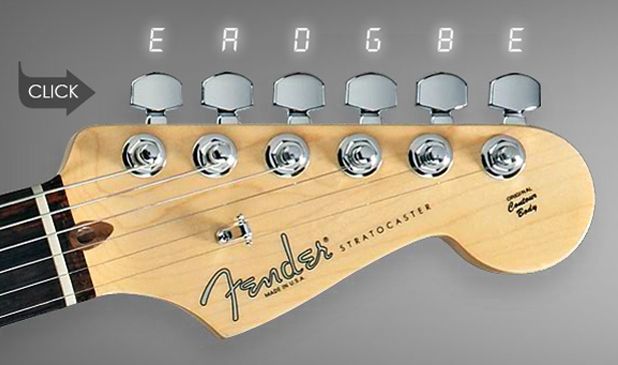


Guitarist/inventor Buzz Feiten and others have compensated for this by moving the nut to a different position and intonating the saddles differently. Without going into the science of why, it is a flaw in basic guitar design.

Now play an A chord in the same position and listen to its third – the C# on the second (B) string. Try this: tune your guitar so the third – the G# on the third (G) string – of an E chord in first position sounds perfect to your ear. Conversely, if the note is lower, moving the saddle towards the nut, thus shortening the string, will raise its pitch until it matches the harmonic.
#TUNE GUI TAR TRIAL#
Trial and error will bring you to a point where they are the same. This makes the string longer and the note lower (without changing the harmonic). If the note is higher than the harmonic, use a small screwdriver to move the saddle away from the nut. You can determine this with a tuner or your ear (if it is very good). Play the harmonic and then the actual note at the 12th fret for each string. For that to work, you need an instrument that is ‘intonated’, meaning the distance from the nut to the bridge is correct for each string. Tuning is simple, right? You turn the tuners on your guitar until your electronic tuner shows each string is in tune and voila! Well, no. Each is essential to turning in a live performance and/or recording that is easy on the ears. It involves getting the instrument in tune, staying in tune, playing in tune and more. So that’s something to have a think on.Īlright, you ready? Let’s dive into the lesson.Though no one is actually hiding this information, for me, learning the ‘secrets’ to performing in tune has been a gradual process of discovery over half a century of playing, repairing and reviewing guitars. Of course, if you play mostly in standard tuning, you may not want a heavier gauge string on there all the time. For instance, with many of the drop tunings you’ll get a better tone out of a heavier gauge string. It allows the guitar to settle into that tuning, and also allows you to tweak the action and string gauge specifically for that tuning. One thing you might want to consider if you’re using a lot of alternate tunings is to setup a guitar just for that tuning. Definitely something you’ll have to think about, unless you’re the only person playing.įor quick comparison here’s E Standard Tuning: E A D G B EĪnd here’s D Standard Tuning: D G C F A D Likewise, G becomes F, A becomes G, etc etc. Keeping that in mind, in standard D, if you play an open D major, that will now become a C major.

You’ve only just dropped things down by a whole step. One of the big benefits of standard D tuning, as opposed to some of the open tunings, is that all the same chord patterns you’re familiar with still work. There are hundreds of alternate tunings for the guitar, so when you’re deciding which one to use, you really need to consider what you want to do with it. It produces a lower, more growly sound, which can be really cool on the guitar. Standard D tuning is quite simply dropping standard E tuning by one whole tone on each string. This particular tuning is quite popular in country and metal, although I’m sure you’ll find it used elsewhere as well. In this lesson we’ll take a look at standard D tuning on the guitar.


 0 kommentar(er)
0 kommentar(er)
